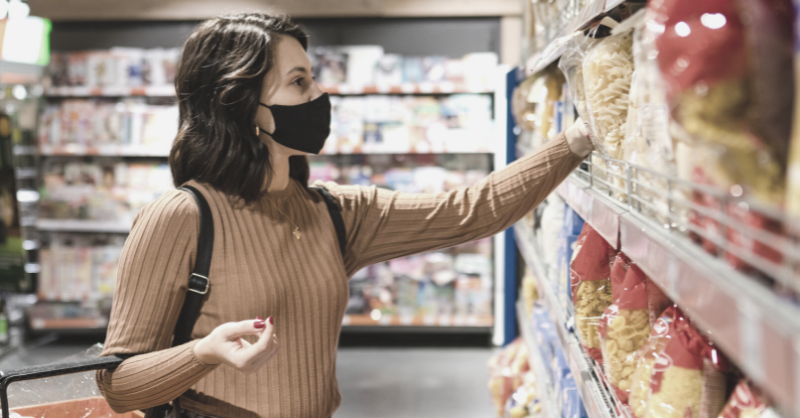November 1 marked two key events for the Supplemental Nutrition Assistance Program (SNAP). It was both the day that some SNAP recipients did not receive benefits due to the federal government shutdown and the day that marked the end of state agencies' hold harmless period, or the period during which states were not held responsible for errors, for the implementation of certain provisions from the One Big Beautiful Bill Act (OBBBA).
SNAP benefits and the government shutdown
SNAP is a federally-funded public assistance program that provides monthly payments to low-income households to help them afford groceries. States administer their SNAP programs with funding from both the state and federal governments. The programs' administration costs are split between the state and federal governments and the costs of the benefits are paid for solely by the federal government. For information on recent changes made to these payment structures and other aspects of the SNAP program, click here.
Because the federal government has been partially shut down since October 1, they did not issue the November benefit payments to the states on time. At least half of states announced that they could not afford to issue SNAP benefits without the federal funding and that recipients in their states would not receive payments for November until the federal government sends the money. The USDA stated on October 24 that the use of emergency funds to continue benefit payments during the government shutdown was not legally permissible.
On October 28, some states filed a lawsuit in response to the lack of November funding. Plaintiffs included 23 states, the District of Columbia, and the governors of Kansas, Kentucky, and Pennsylvania in their official capacity. The parties being sued included the US Department of Agriculture (USDA), the Secretary of Agriculture, the US Office of Management and Budget, the director of the US Office of Management and Budget, and the United States.
On October 31, a federal judge ordered the agency to use a contingency fund to pay SNAP benefits. The USDA agreed to pay part of the November benefits, but stated that it may take weeks to months for recipients to receive these payments.
State agencies' hold harmless period
November 1 also marks the end of state agencies' hold harmless period, or the period during which states were not held responsible for errors, for the implementation of Sections 10102 and 10103 of the One Big Beautiful Bill Act (OBBBA).
Section 10102 makes changes to the program's work requirements for able-bodied adults without dependents (ABAWD). The provisions of this section:
- raise the age to meet work requirements from 54 to 64,
- make households with children ages 14 to 17 newly subject to the work requirements,
- end exceptions for veterans, homeless people, and certain former foster care children, and
- add exceptions for members of certain indigenous groups.
Section 10103 changed how state agencies must treat payments that recipients receive to aid with energy costs. Households that do not have an elderly or disabled member are no longer automatically eligible for SNAP solely on the basis that they are receiving these types of energy payments.
These sections became effective immediately upon the adoption of the act on July 4, 2025. The USDA stated that states would not be held responsible for errors regarding the implementation of these provisions for only 120 days after the enactment of the OBBBA. This period ran from July 4 to November 1.
Now that the hold harmless period has ended, erroneous payments and other mistakes related to the OBBBA provisions will be counted towards the state's error rates. Starting in fiscal year 2028, states will be required to pay part of SNAP benefit payments if their 2025 and 2026 error rates are above 6%. The federal government will continue to fully fund benefit payments for states with error rates below 6%. States with error rates above 10% will be required to fund 15% of benefit payments starting in 2028. Below is a breakdown of the formula as outlined in Section 10105 of the OBBBA:
- error rate is less than 6%: 0% state funding, 100% federal funding
- error rate is 6 - 8%: 5% state funding, 95% federal funding
- error rate is 8 - 10%: 10% state funding, 90% federal funding
- error rate is greater than 10%: 15% state funding, 85% federal funding
For the 2028 fiscal year, states will be allowed to choose if their payment rate is based on their 2025 or 2026 error rate. Beginning in 2029, states’ payment rates will be determined by the error rate three years prior.
Additional reading:


